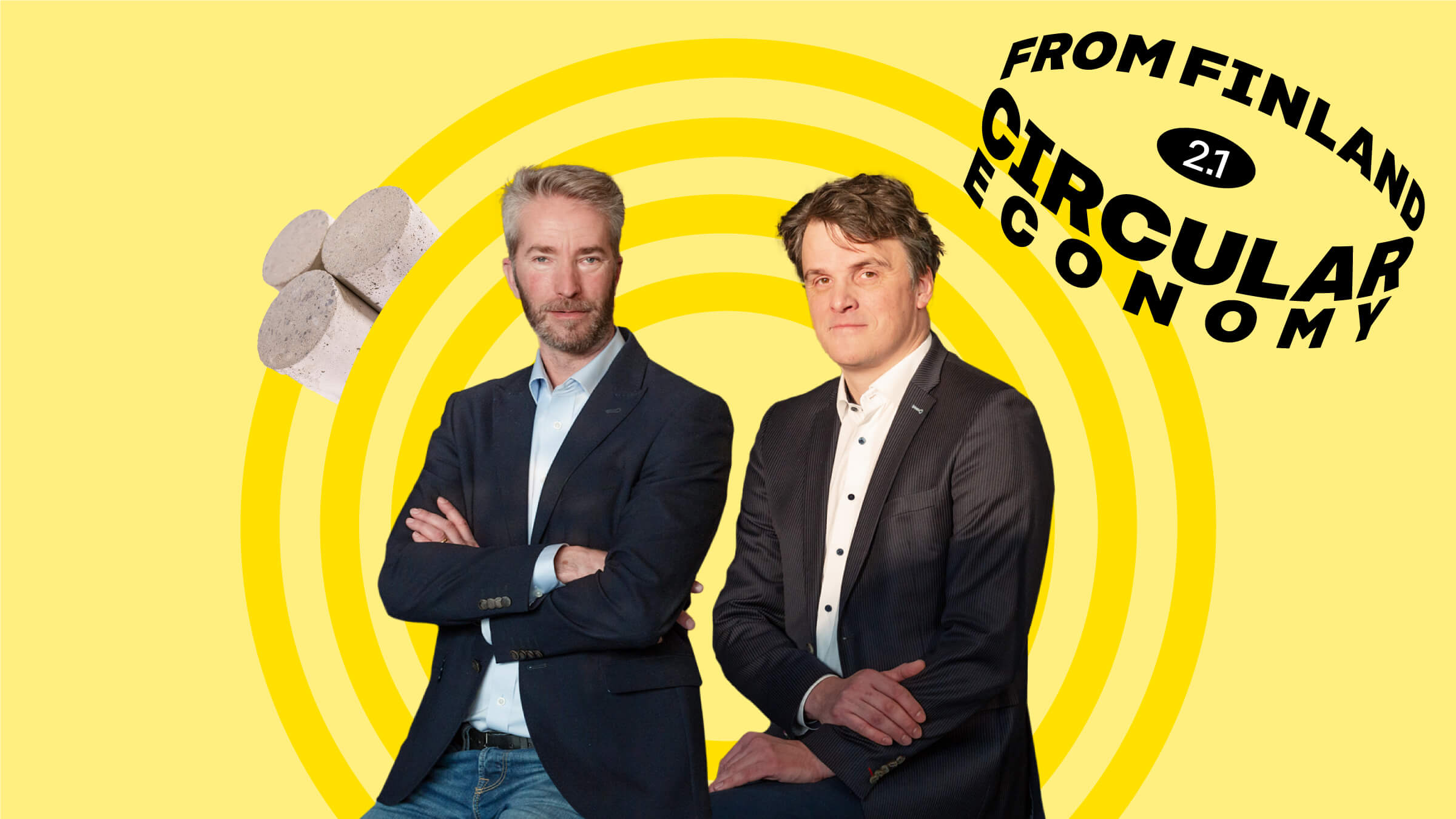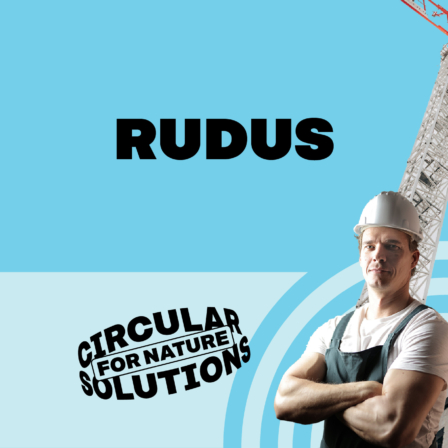“Betolar’s story began in December 2016 and the company launched its production in 2017, initially making garden paving and concrete furniture. In light of looking at whether garden paving could be produced more ecologically, I decided to try replacing some of the cement with ash – and succeeded. I was concerned about the fact that more than 5 per cent of the world’s CO2 emissions originate from cement production.
I kept going back to the idea of replacing cement more widely with industrial side streams. It was not until we had attracted investors to the business that we took a risk and started further developing and testing the solution. First, we needed versatile research in chemistry. Soon after launching the research process, a strong vision emerged of the potential for side streams to become new, extensive sources of raw material.
Betolar is currently replacing cement with binding agents made from side streams from the steel, mining, forestry and energy industries. Nearly anything can be used as a raw material, including ash, gypsum sediment or tailings. We use AI to investigate how various materials interact to ensure that the final product is a solid binding agent with a uniform quality.
Instead of aiming to set up our own factories, we are selling a licence concept that includes a tailored Geoprime formula and the support necessary for adopting the new production method. Introducing the method does not require any major investment: for instance, switching to low-emission garden paving manufacturing requires the client to only invest in one additive container and a pump. In one factory, machines were only halted for a minute and a half when the factory switched from cement concrete slab production to our cement-free alternative in their factory acceptance test.
We are ready to launch the commercial phase of our products. There is demand around the world, including in India and Vietnam, and we are taking steps to begin factory testing. In Finland, we have concluded partnership agreements with significant parties in the Finnish concrete industry.
In a relatively short period of time, our operating model will enable the whole industry to become more sustainable. There is major pressure to make this change, and everyone, from consumers to real-estate investors, is demanding sustainable solutions. It is no longer a matter of what the concrete industry wants to do on its own. Our solution is a significant new opportunity for the concrete industry. We are now moving from green words to action – avoiding emissions from cement production and leaving virgin raw materials alone in binding agent production.”

















Suosittelemme
Vielä yksi